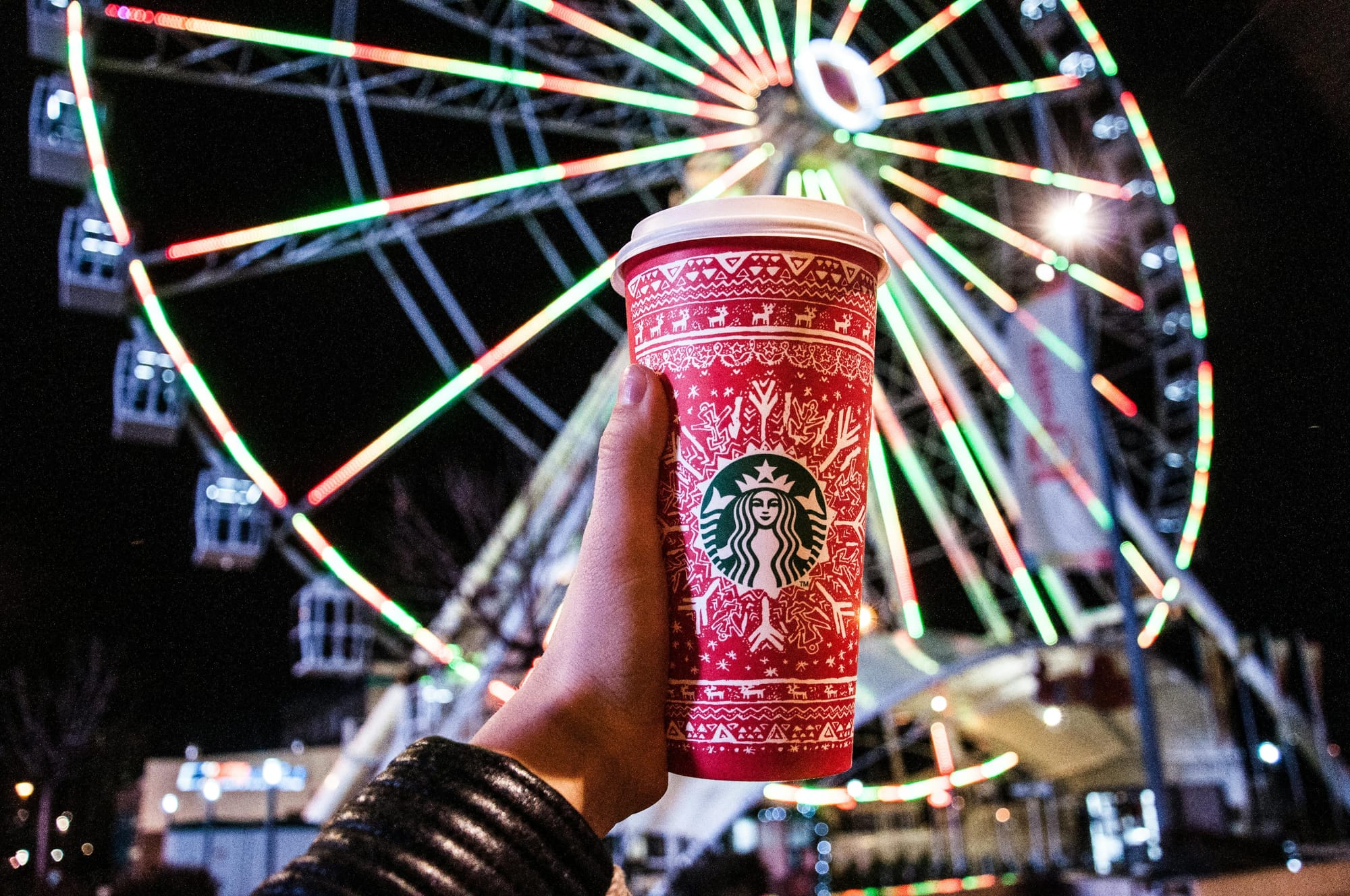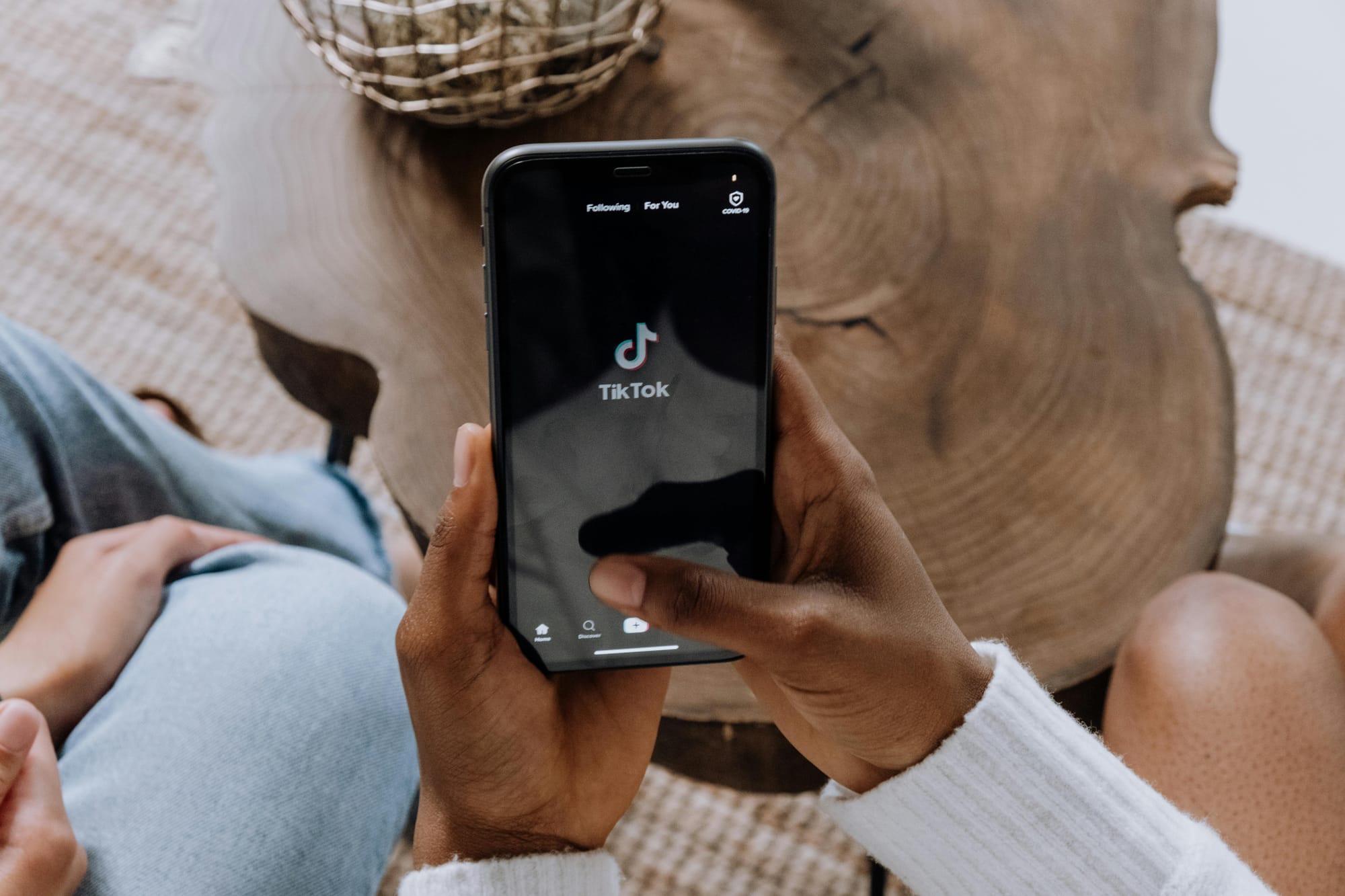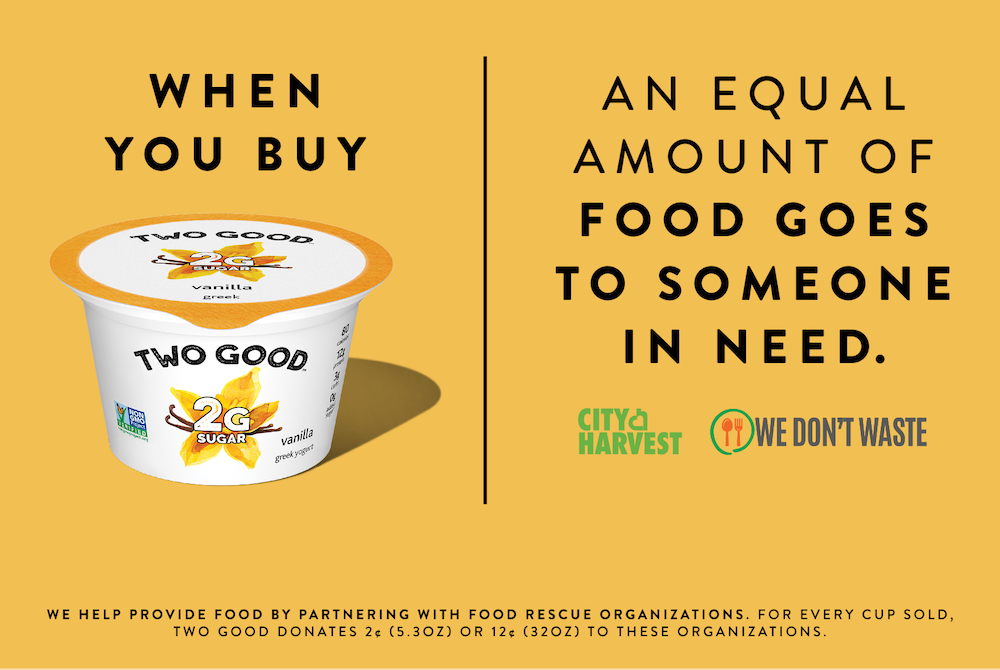Marketing to Generation Z: Understanding and Engaging the Next Wave of Consumers

Marketing to Gen Z completely differs from how you’d market to their counterparts. This demographic has grown up in a digital era, where the internet has always been a staple. If I were to characterize Gen Z, it encompasses individuals who never experienced how to rewind a VHS or cassette tape.
These are consumers who have been part of social media since its existence and are even responsible for some of the most viral trends on TikTok, Instagram, and more!
Consequently, this means that their attention spans are lower, and are more susceptible to tuning out information, which makes capturing their attention much more of a challenge because how do you market to someone who is marketing intolerant?
To help you with just that below are 8 strategies a brand should leverage when marketing to this dynamic and modern demographic
Authenticity and Integrity
When it comes to Gen Z, authenticity is everything! Living in a world with glossed-over ads, and curated content, what Gen Z craves the most is something realness, authentic, relatable, and not just fancy marketing copy. They want to associate with brands that show them the behind-the-scenes, the people who make the brand happen, their story, and anything that can foster a human connection.
It's important to remember that words like “Authenticity” and “Integrity” can quickly turn into empty words when they aren’t backed by an organization's practices. This could also be treating consumers better than just a source of profit, focusing on building a connection and a long-term relationship rather than a short-term boost of sales.
A great example of an authentic brand is Patagonia! From their mission statement to their campaign, they are an excellent leader when it comes to creating a human connection.
One such campaign that comes to mind is their Worn Wear Campaign!
This program allows consumers to buy and sell used Patagonia garments and educates customers on how to help their gear last. Their goal is to ensure their clothes last longer and to reduce overall consumption in the process.
Transparency and Accountability
Transparency directly influences which brands Gen Z chooses to support, they aren't afraid to run extensive research on a brand, which includes their past posts, reviews, comments, and more. Transparency includes honest communication about what the brand does and what challenges it faces, having accessible information on its processes, ingredients, sourcing, and more. This facilitates allowing consumers to trust the brand and build loyalty with them.
The other part of being transparent is making sure to take accountability for any missteps that occur, and doing so publicly. Mistakes happen and there is nothing wrong with that, however, when brands refuse to acknowledge or take ownership of their missteps, it damages the relationship and tarnishes the brand's image in the eyes of consumers.

User-Generated Content
Gen Z prefers to see actual customers use the product in company ads, over any high-production video, and the main reason is simply because it is authentic, real, and honest.
Over 70% of Gen Z users say that product images and videos are very helpful when making a purchase decision. The good news is that social media has made it very easy for companies to ask their users to promote their products and share reviews that aren’t just text. Some companies even take it one step ahead and incentivize customers to post reviews on their socials by paying them using products or money.
A great example of UGC content would be Instagram challenges, unboxing videos, DIY tutorials, unique hashtags related to shopping hauls, and more.

Nano Influencers
Above we mentioned that Gen Z prefers real customers when it comes to advertising, but that doesn’t mean you give up on influencers. There is still a lot of benefit when promoting through influencers that are in your specific niche.
This is where Nano influencers come in, typically these are influencers with fewer than 50,000 followers, sometimes even as low as 6,000 to 8,000 followers. You might initially consider this number insignificant, questioning if there is any real benefit in collaborating when someone has less than 10,000 followers. The answer is Yes, there is!
These influencers are not only cheaper but are more relevant to your niche, and if that doesn't sell it for you, they have a higher engagement rate too! They tend to have a more personal relationship with their followers, which is directly related to having more influence on their purchase decisions.
Brands such as Ford and Dunkin' Donuts are notable for collaborating with nano influencers. One of Dunkin' Donuts' campaigns, for instance, achieved an impressive 26% engagement rate.
I'd like to share a little nugget for those facing challenges with influencer marketing: Don't hesitate to leverage your own employees as influencers. Utilizing individuals who are already experts within your company can be a powerful strategy.

Use Short Video Content
The most popular social networks right now are Snapchat, Instagram, and TikTok, and all of them have one thing in common, they are all short-video form-based content platforms.
Short and snappy content is quick, doesn't beat around the bush, and has a very high success rate if done efficiently. These platforms offer users the ability to utilize popular music tracks, special effects, hop on current trends, and a variety of other features to enhance their content.
LinkedIn is not to be left out of this party, as it is filled with users and consumers who want to excel in their careers and build a community with other experts in their respective industries.
It's important to mention the importance of staying up to date with the latest trends, soundtracks, relevant topics, and more as failure to do so would lead to lower engagement rates and possibly being irrelevant.
Additionally, marketers need to keep in mind that recycling content from different platforms is not a good strategy or recommended as any content with watermarks such as TikTok videos being posted on Instagram will be suppressed by Instagram.
Add Up-and-Coming Platforms
To preface what’s said below, it's always important to first understand your brand before determining which platforms would be most beneficial to your marketing goals and needs.
New platforms such as Twitch and Discord have exploded in terms of the number of users and the primary cause of this was the pandemic! Being unable to meet their friends in person, users found themselves looking for individuals online, with shared interests.
Discord is a terms as the “Slack for Gen Z” where users can create chat rooms and while Discord has a reputation for being THE platform for gamers, about 80% of its users are non-gamers.
Companies have often found it difficult to navigate how to leverage Discord for their marketing practices but one extremely successful company is Chipotle!
From having challenges, playing games, and even winning free food, on their channel, Chipotle Together, they have created a community and fostered brand loyalty.

Take a Stance
In today's world, brands need to understand that customers care more deeply about social and political issues, and this has a direct influence on which brands they choose to align with.
Having no stance is also a stance and not a good one. Approximately, 31% of Gen Z customers stop associating and buying from brands whose views are not aligned with that of the consumer.
Additionally, avoid superficially incorporating diversity into your June campaign (Pride color logos), using BIPOC employees merely as decoration in your content, or falsely labeling a product as sustainable.
Instead, demonstrate genuine support for your community by making real monetary contributions, amplifying marginalized voices, engaging in volunteer work, and actively participating in marches and rallies.

Build a Community
Gen Z individuals are passionate about maintaining ethical standards and participating in social activism, making it natural for them to bond over shared values. Coupled with the fact that Gen Z is the loneliest generation, they share a common feeling of wanting to be a part of a community.
We often build communities even at places such as apartment buildings, corporates, and so many more, where we create different channels to talk about our shared interests.
So the question arises, how can a brand leverage this need for communities and build a connection with their consumers beyond the benefit a product or service might provide?
- Plan virtual or in-person events around trending and relevant topics
- Welcome consumers to your office space to create interactions such as content creation, picture-taking, and more.
- Create challenges and build a community on social media through broadcast channels, contests, and more.
- Everyone loves free branded products, so give some away and build your brand affinity.
Examples include Gymshark, Monday Girl, Lego, Apple, Harley Davidson and many more.
In conclusion, marketing to Gen Z presents a unique set of challenges and opportunities. Understanding the preferences and values of this dynamic demographic is crucial for brands aiming to engage effectively. Gen Z consumers prioritize authenticity, transparency, and social activism, making it essential for brands to align with their values and take meaningful action on social and political issues.
Stay tuned and subscribe to stay updated with the ever-changing landscape of Marketing!




